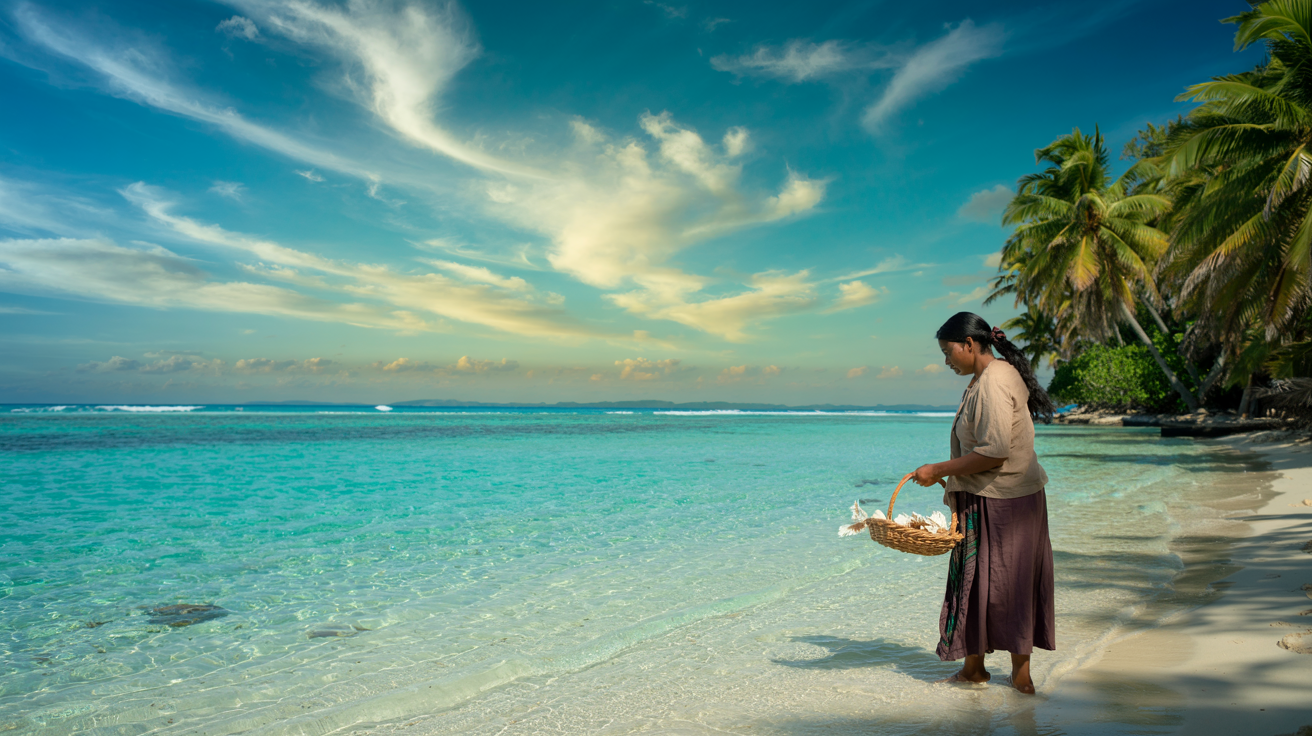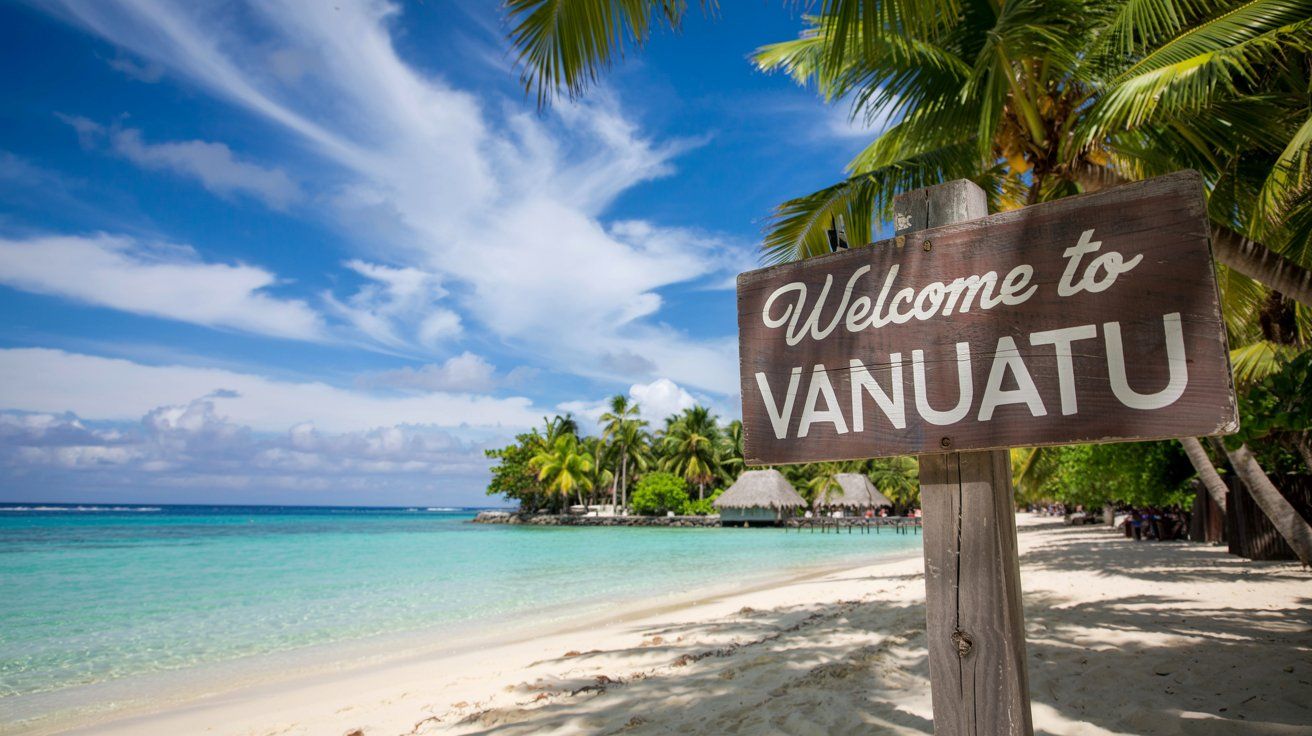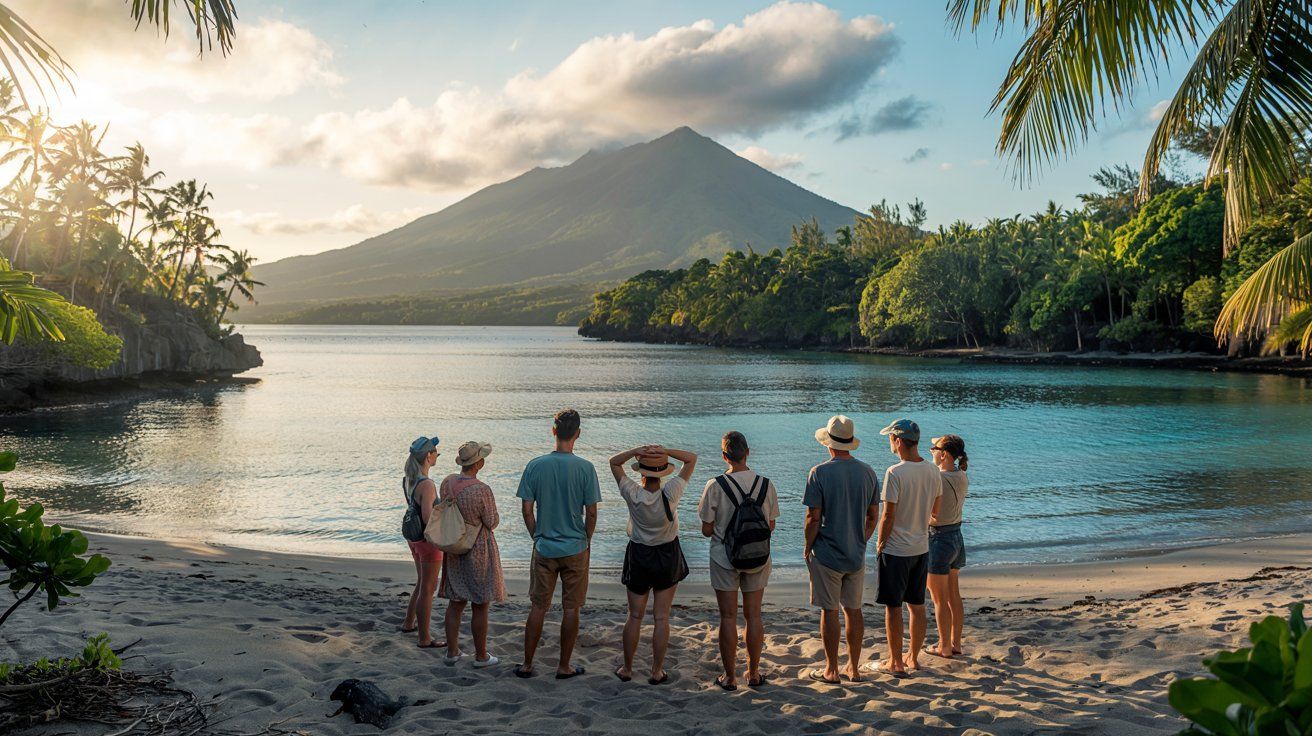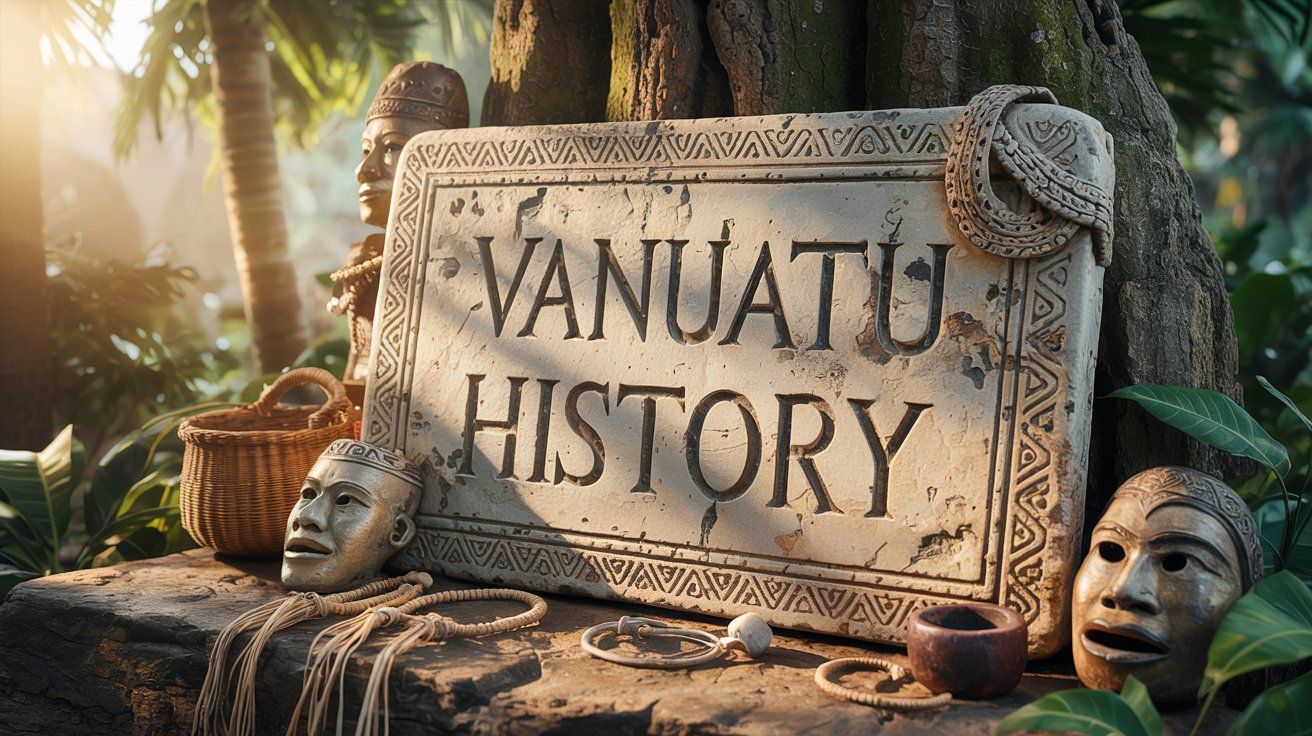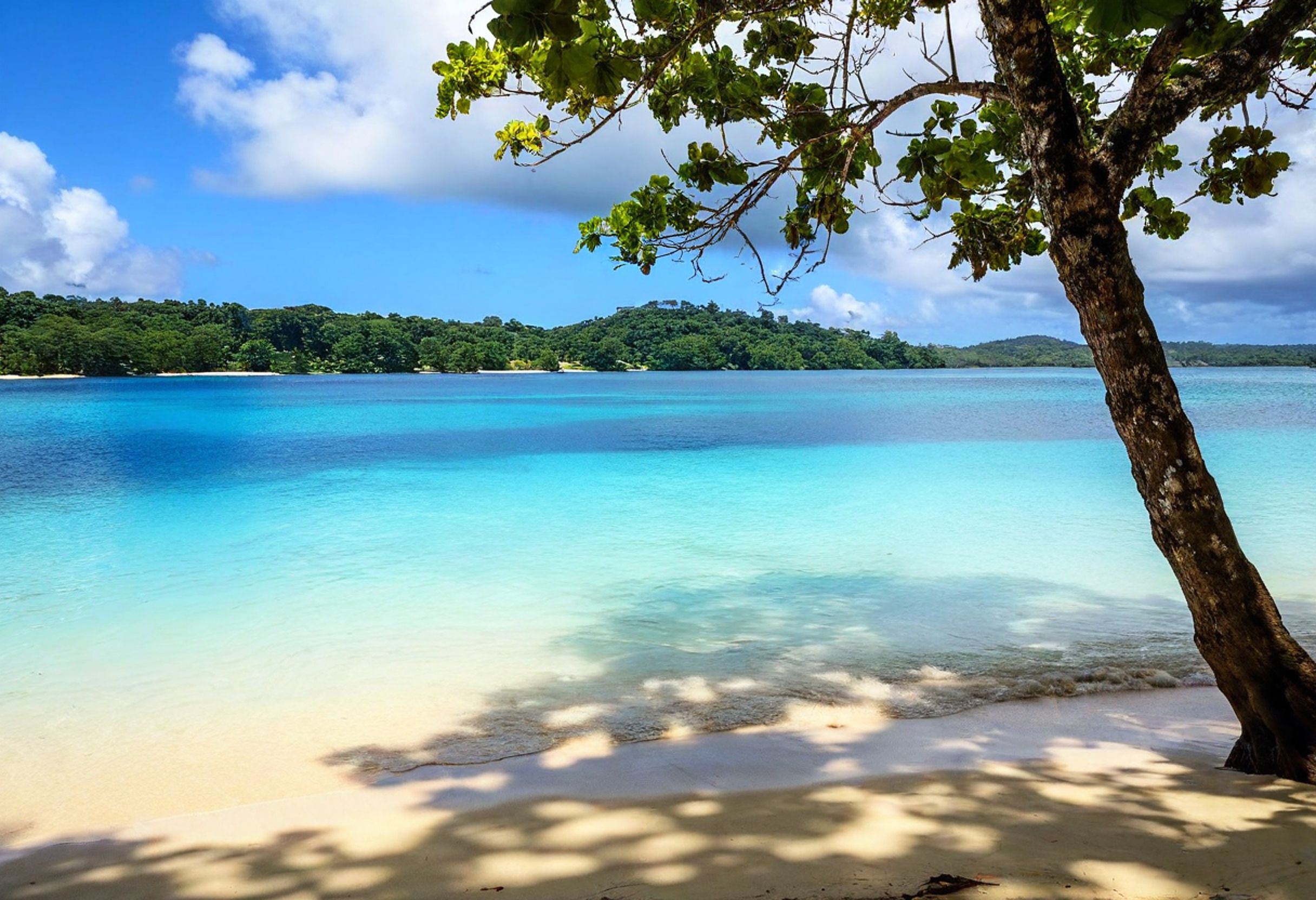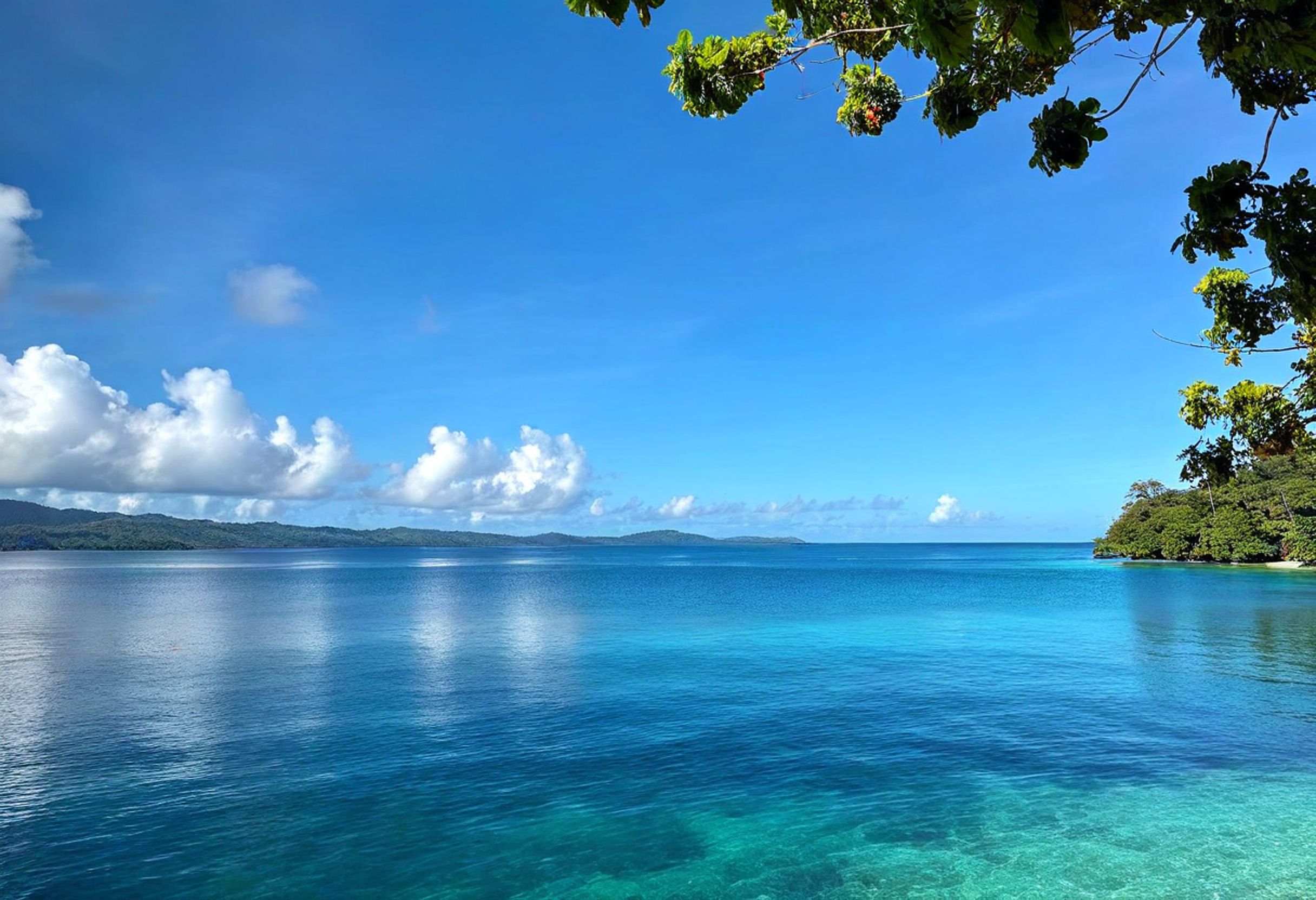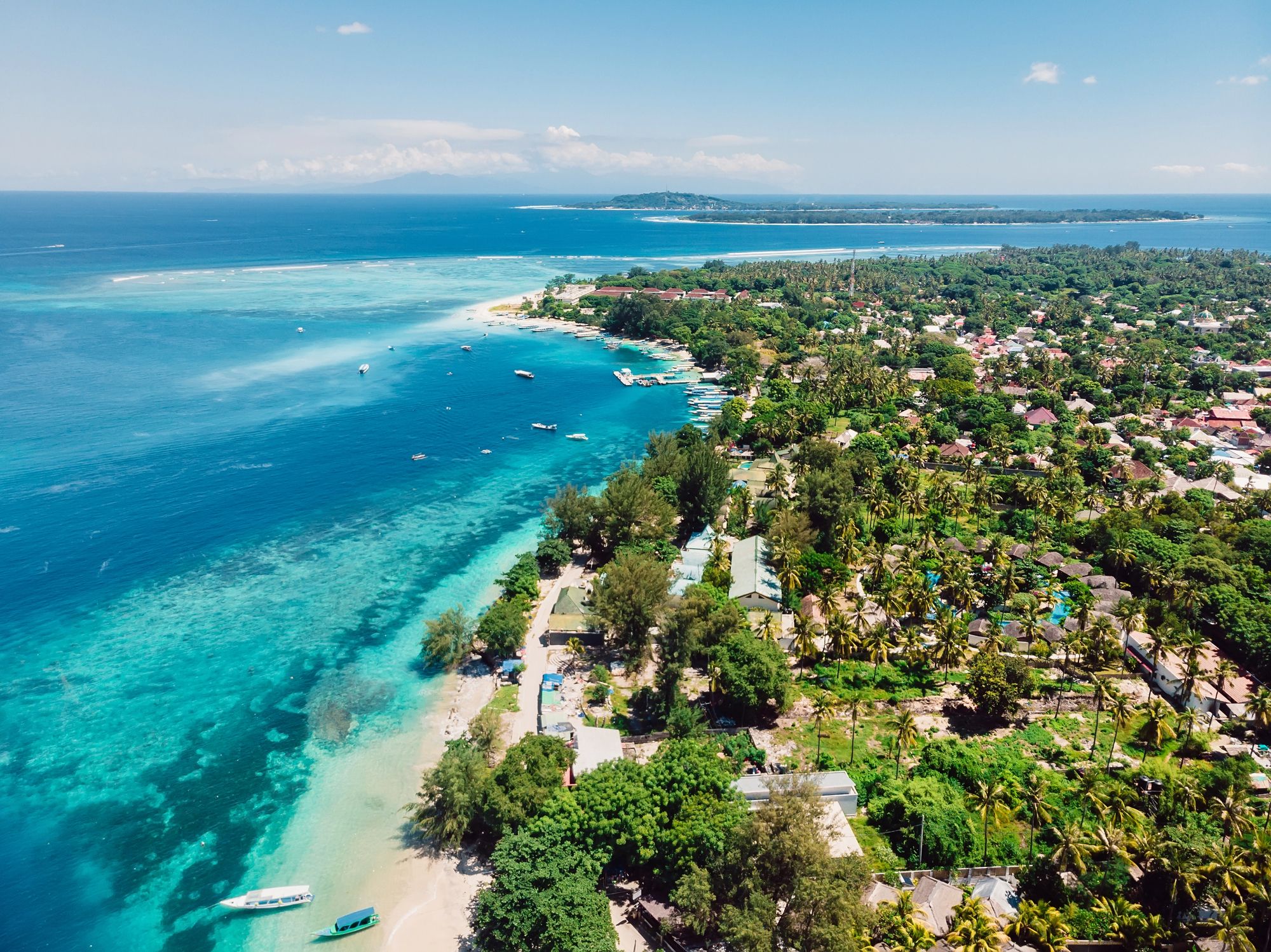The Public Land Transport Authority (PLTA) serves as the backbone of Vanuatu’s transportation system. This statutory body operates under the Ministry of Internal Affairs with a specific mandate to regulate and manage public transportation across the island nation. The PLTA controls the operation and management of all public land transport in Vanuatu, ensuring standards are maintained for vehicles and drivers alike.
Recent developments show the authority is modernizing its approach to transportation management. The PLTA is eyeing a digital payment system for public transport vehicles, which would streamline fare collection and improve efficiency. Additionally, the authority has issued new orders to improve standards that must be met by all public transport vehicles and drivers.
From overwater bungalows to beachfront resorts, find your perfect stay in this island nation of more than 80 islands. Instant booking with best price guarantee!
Browse Accommodations Now
The PLTA’s work is guided by its vision, mission, and core values that serve as key principles for their daily operations. Their efforts extend beyond regulation to public education, with the authority maintaining a social media presence dedicated to informing vehicle owners, drivers, and the general public about PLTA functions and obligations.
Public Land Transport Authority of Vanuatu
The Public Land Transport Authority (PLTA) serves as the regulatory body for Vanuatu’s land transportation systems. Operating under the Ministry of Internal Affairs, this statutory body manages and controls public transport operations throughout the archipelago nation.
Roles and Responsibilities
PLTA is tasked with regulating all public land transport vehicles in Vanuatu. The authority establishes and enforces standards for drivers and vehicles to ensure safety and quality service.
One significant responsibility includes implementing standards of etiquette and clothing for public transport drivers. These standards help reduce tensions between drivers and passengers while promoting professionalism in the sector.
The authority also works to eliminate discrimination in public transport by ensuring equal access for all citizens regardless of disability, age, or social status.
PLTA communicates important information to vehicle owners and drivers through various channels, including their Facebook page, where they regularly update stakeholders about regulations and responsibilities.
Structure and Governance
The PLTA functions as a statutory body with clear governance structures that enable effective oversight of the transport sector. Its operations are guided by a set of core values and principles that inform daily activities and long-term planning.
Key governance elements include:
- Leadership: A director heads the authority with support from departmental managers
- Oversight: The Ministry of Internal Affairs provides governmental supervision
- Implementation: Field officers monitor compliance with regulations
- Enforcement: Specialized units handle violations and penalties
The authority maintains offices in major population centers across Vanuatu to ensure comprehensive coverage. Regional representatives address local transport issues while adhering to national standards.
Sustainable Development Initiatives
PLTA is advancing several initiatives aimed at modernizing and improving Vanuatu’s transport system with sustainability at their core. The authority is exploring digital payment systems for public transport vehicles to reduce cash handling and improve financial tracking.
Environmental protection features prominently in PLTA’s future plans. The authority is working to:
- Reduce carbon emissions from public transport vehicles
- Introduce fuel-efficient vehicle standards
- Develop infrastructure for alternative transport options
- Promote carpooling and shared transport services
These sustainable development initiatives align with Vanuatu’s national environmental goals and international commitments. The PLTA recognizes that modern, efficient public transport is essential for economic growth while minimizing environmental impact.
Control Massing Challenges and Strategies
The Public Land Transport Authority in Vanuatu faces several critical challenges in managing transport systems. These issues span environmental impacts, social equity concerns, and passenger safety—all requiring targeted approaches that balance economic needs with sustainability goals.
Addressing Biodiversity and Environmental Concerns
Vanuatu’s transport sector heavily relies on fossil fuels, creating significant environmental challenges. These challenges directly impact the island nation’s rich biodiversity through habitat fragmentation and pollution. The constant dependence on fossil fuels threatens both marine and terrestrial ecosystems unique to the Pacific region.
Transport authorities are implementing several strategies to reduce environmental impact:
- Development of fuel efficiency standards for public vehicles
- Creation of designated routes to minimize habitat disruption
- Implementation of waste management protocols to prevent roadside dumping
Community-led initiatives are proving effective in reducing plastic waste. Local programs work with transport operators to reduce solid waste leakage into sensitive environments, particularly along coastal routes where tourism and transport intersect.
Human Rights and Social Equity in Transportation
Access to reliable transportation represents a fundamental right that affects economic opportunities and quality of life in Vanuatu. The transport system must serve all citizens equitably, regardless of income level, disability status, or geographic location.
Current inequities in the system include:
| Issue | Impact | Affected Groups |
|---|---|---|
| High fares | Limited mobility | Low-income residents |
| Inaccessible vehicles | Social exclusion | Persons with disabilities |
| Limited rural service | Economic disadvantage | Remote communities |
Mitigating Violence and Ensuring Safety
Passenger safety represents a critical concern for transport authorities, particularly at crowded transit points. The Port Vila Land Transport Association has identified excessive public vehicles at the wharf as a major concern, leading to conflict and safety risks.
Safety improvement initiatives include:
- Driver training programs focused on conflict de-escalation
- CCTV installation at major transport hubs
- Coordination with law enforcement for rapid response
Social media now plays a dual role in transport safety. Real-time reporting of incidents helps authorities respond quickly, but also creates challenges in managing misinformation during disruptions.
The multi-development partner coordination being facilitated by infrastructure development programs helps address these safety concerns through improved design of transport facilities and enhanced traffic management systems.
Find available hotels and vacation homes instantly. No fees, best rates guaranteed!
Check Availability Now

